Today we will talk about a German artist who, without a doubt, when I discovered him for the first time, was shocked. He was a pilot during the second war, for the Nazi army, he had an accident in full combat and some nomadic Tartars helped him, to protect him from the cold they wrapped him in animal fat and felt, being these materials the ones that years later he would use frequently in his works. Under the philosophy that we are all artists this artist is one of the most influential of the past century and the present. We are talking about Joseph Beuys.
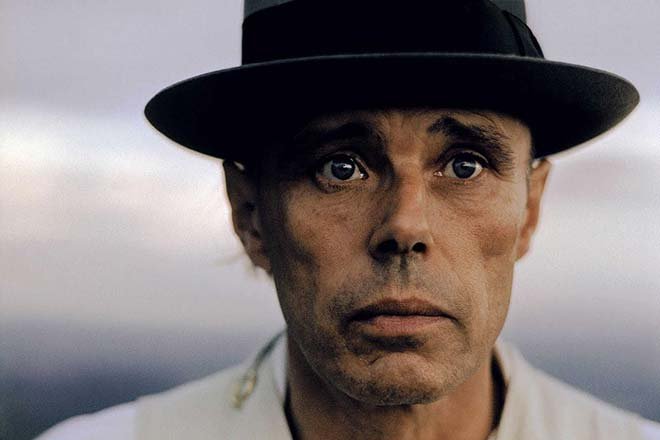
In 1962 he founded with 20 colleagues the Fluxus, a neodadaist movement, which was charged with disseminating a new artistic thesis totally liberating with respect to the theses imposed by the circles of fine arts in Europe.
I use practically rubbish to make his works, these were not intended for galleries, a little different to the Ready-made that he generated with his Marcel Duchamp studies, since he bought the objects in the market directly, while Beuys literally scavenged in the rubbish.
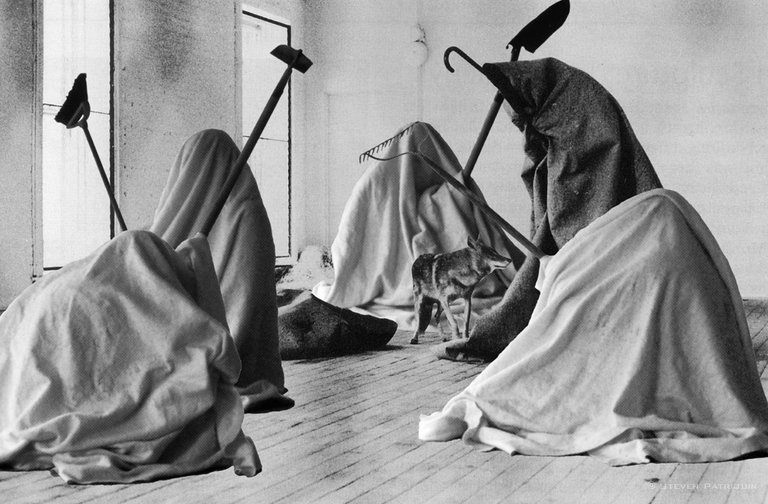
His thinking was simple, art was an inherent part of life, and under that premise anyone could be an artist.
Then several concepts were formed where they appeared, simple objects which became the vehicle for transmitting the message in a physical way.

So he turned art into a social medium to transmit ideas to the general public and not to rich minorities living for camera art. So he had time to make instructions on how to make his own work of art. The most notable example was the making of a felt suit without buttons of which only 100 models were made and distributed throughout Europe.
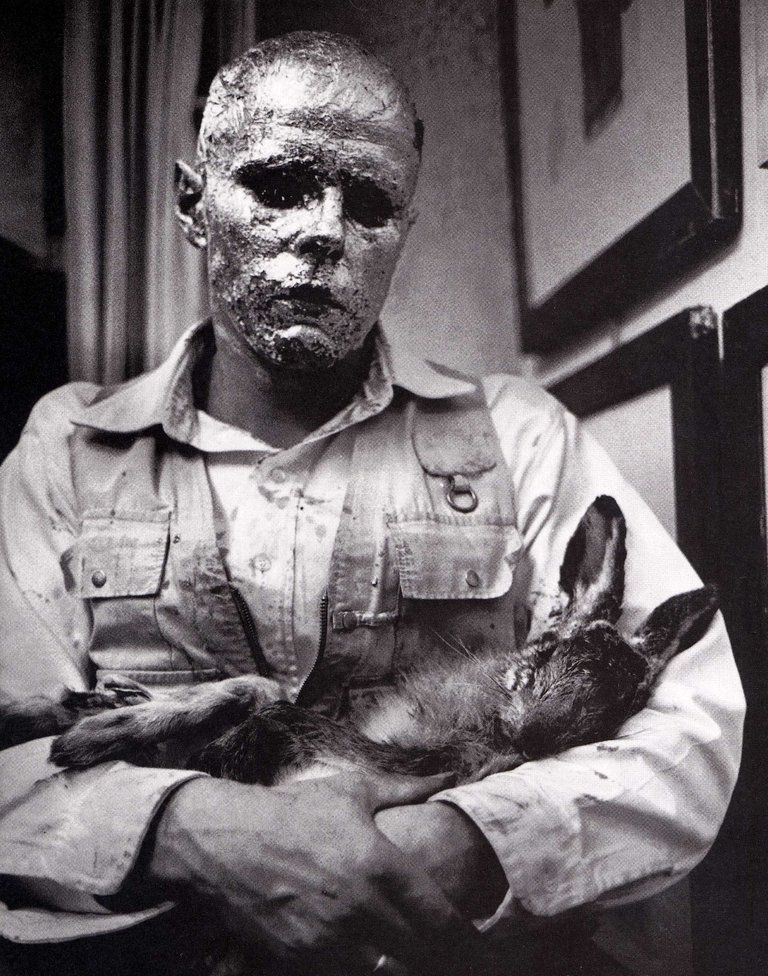
It was a simple felt suit that lacked buttons, the suit itself would not have any use but the person who manufactured it would give a value, as long as he knew the meaning it had for Joseph Beuys, thus created as a species of brotherhood or club, and thus the artist maintained a communication not direct with the public and the public touched the art.
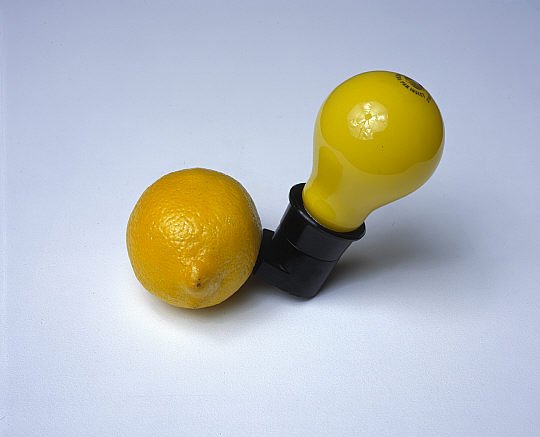
Another of the great themes that he normally teaches in his works was his affinity with Eastern culture, mixed with Western culture, converging themes and sub-themes, the animal, the instinctive, a form that he took years to idealize and represent in art.

With this I pass to a stage of wanting to link art with politics, here I make a small parenthesis, because many have misinterpreted this, especially art theorists who insist that art and politics must be separated. And the historical, the natural thing is that art is political, and when I refer to political I am not talking about a party, but about a politician, the thinking, rational human being who fights through discourse, if we notice in history politics has always been present, for example the troubadours, they were like a means of communication from the time of the kings, they recited with a lute, the injustices of the reigns, or graffiti as a means of communication to express the lack of public services in the neighborhoods of New York and so we can account that genuine art carries with it a high content of criticism, and that criticism denotes a political person.
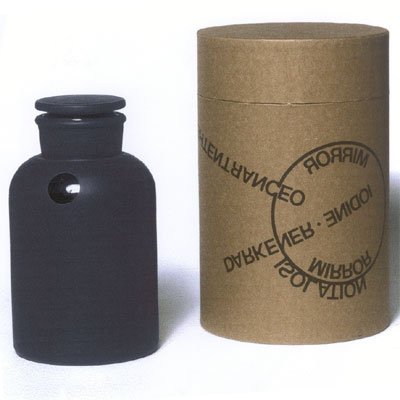
Returning to the theme, Joseph Beuys exposed the connection between art and politics, of course this went beyond and even created in 1967 the German party of students, but as a doctrine the diffusion of the concept of art as part of society.
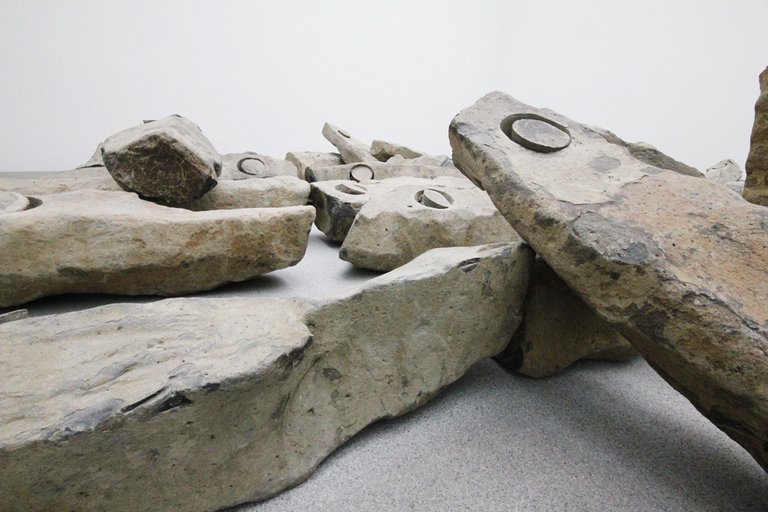
In 1970, he founded the organization of free readers plebiscite.
In 1974 he presents a paradigmatic performance in the history of art. If he had already shocked the world with his free death, with Coyote, I like America and America likes me ends up giving a sharp blow to capitalism and the American dream. He lives for four days with a coyote in a New York gallery, wrapped in felt, interacting with the animal and gaining its trust until at the end, on the third day, they merge into a hug. All this is documented in video as a final testimony of the artistic activity.
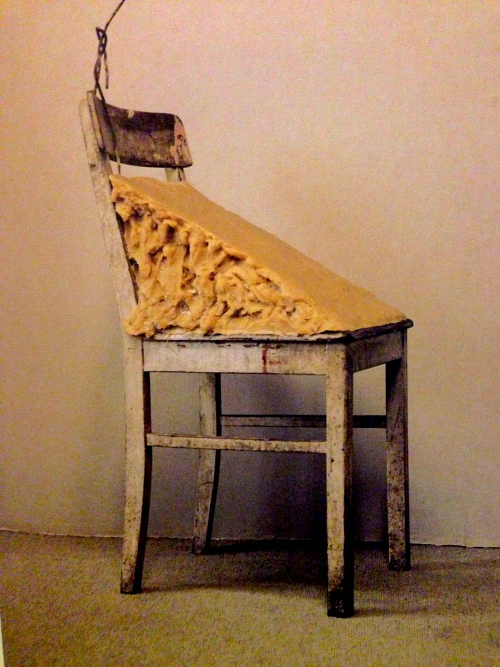
Death prevented him from finishing the task; he died a year before the five it took his followers to finish their final work. Today, oak trees continue to grow as a sign of the fusion of art, life and social sculpture that so characterized the discourse of the German artist.
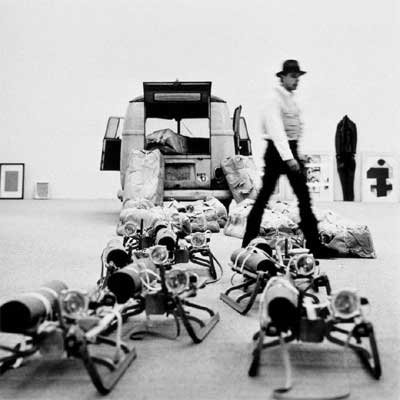
Thank you for reading


If you liked reading this article, feel free to FOLLOW ME, UPVOTE and RESTEEM! It's always appreciated =D. Thank you all for your support and see you soon for the news flamingirl's adventures!


That chair thing is cool
Posted using Partiko iOS
Some really unique pieces, thanks for sharing!
Hello ! the truth that I find very interesting this artist did not know him so you have given me a very good class good article and as I exposed the ideas, his work was very interesting, thank you for showing it.